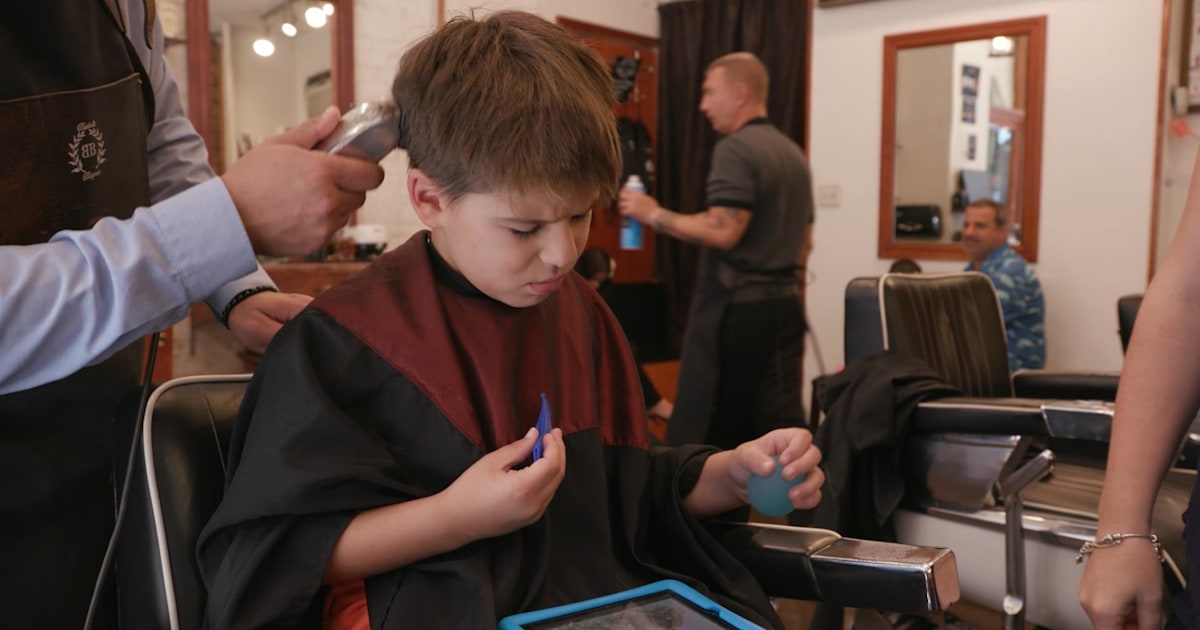
Symptoms improved significantly after corticosteroids therapy. The dilation of the stenosis was not carried out immediately due to the presence of acute inflammation of the mucosa and sub-critical reduction of airway diameter. The size of the airway was adequate for ventilation. 1), with acute inflammation of the mucosa. A flexible bronchoscopy performed at the beginning of June 2018 revealed a circumferential airway stenosis involving the cricoid cartilage and the first tracheal ring, resulting in an airway stenosis of 50% (grade I according to the Cotton-Meyer classification) (Fig. She was then referred to our Department for reevaluation. Thereafter, she continued to complain of dyspnea for intense efforts, despite the improvement in the symptoms. The patient returned to her normal daily activities. Tracheostomy cannula was removed after 19 days and the patient was discharged from the hospital. She received corticosteroid obtaining a resolution of symptoms and a return to spontaneous breathing. Flexible ICU bronchoscopy showed endotracheal tissue approximately at the cricoid level and the first three tracheal rings resulting in an airway stenosis of 80% (grade III according to the Cotton-Meyer classification), compatible with inflammatory edema of the mucosa, above the tracheostomy site.

The acute dyspnea episode caused intensive care unit (ICU) admission, with orotracheal intubation by means of a 5 mm tube, subsequent tracheostomy and prolonged mechanical ventilation.

In her lifetime, the patient never complained dyspnea and/or shortness of breath, although she reported a quiet lifestyle.Īt the time of our evaluation, she reported dyspnea on exertion in the previous 18 months with an acute episode that occurred six months before. The last procedure had been performed ten years before the onset of symptoms. The patient underwent 17 previously maxillofacial operations requiring intubation, including multiple surgeries for eyelids and ears lobes reconstruction, mastoplasty for mammary glands absence and lips correction. Her intellectual and motor development was normal. The patient had spent the first three weeks in an incubator for having inhaled the amniotic fluid and meconium. Her facial features at birth were hyploplastic eyelids, dysmorphic nose and ears, fusion defect of the mouth, dry and coarse skin, cranial hypoplasia with sparse hair and growth delay. Weight birth and height were 2.97 kg and 49 cm, respectively.
Barber say syndrome full#
The patient was delivered full term, after an uncomplicated pregnancy. She was known for AMS with the specific genetic mutation in the gene TWIST2 (c.223G > A), no pathogenic sequence changes were found in both her parents. To our knowledge, this is the first patient affected by AMS presenting with laryngo-tracheal stenosis.Ī 37yo Caucasian woman was seen in May 2018 at our Department of Thoracic Surgery for major dyspnea on exertion. Bronchoscopy at four and five months showed disappearance of the abnormal tissue and a residual anatomical laryngo-tracheal stenosis of about 20% (grade I according to the Cotton-Meyer classification) of the normal airway caliber. Treatment of the stenosis by means of temporary tracheostomy and corticosteroids therapy resulted in airway patency restoration and patient’s return to her normal activities. The bronchoscopy revealed abnormal tracheal tissue at the level of the cricoid and the first three tracheal rings reducing airway caliber by 80% (grade III according to the Cotton-Meyer classification). Case presentationĪ 37-year-old Caucasian woman was admitted to the intensive care unit for acute dyspnea that required orotracheal intubation followed by tracheostomy. We describe a unique case of laryngo-tracheal stenosis in a woman, with genetically confirmed AMS currently followed at our Department. The only laryngo-tracheal defect reported is malacia, with no reference to any anatomical stenosis. Patients affected by the disease present abnormalities in ectoderm-derived structures mainly consisting in major facial dysmorphic features and rarely in visceral anomalies.

Ablepharon macrostomia syndrome (AMS) is a rare congenital malformation disorder caused by the autosomal-dominant mutations in gene TWIST2.


 0 kommentar(er)
0 kommentar(er)
